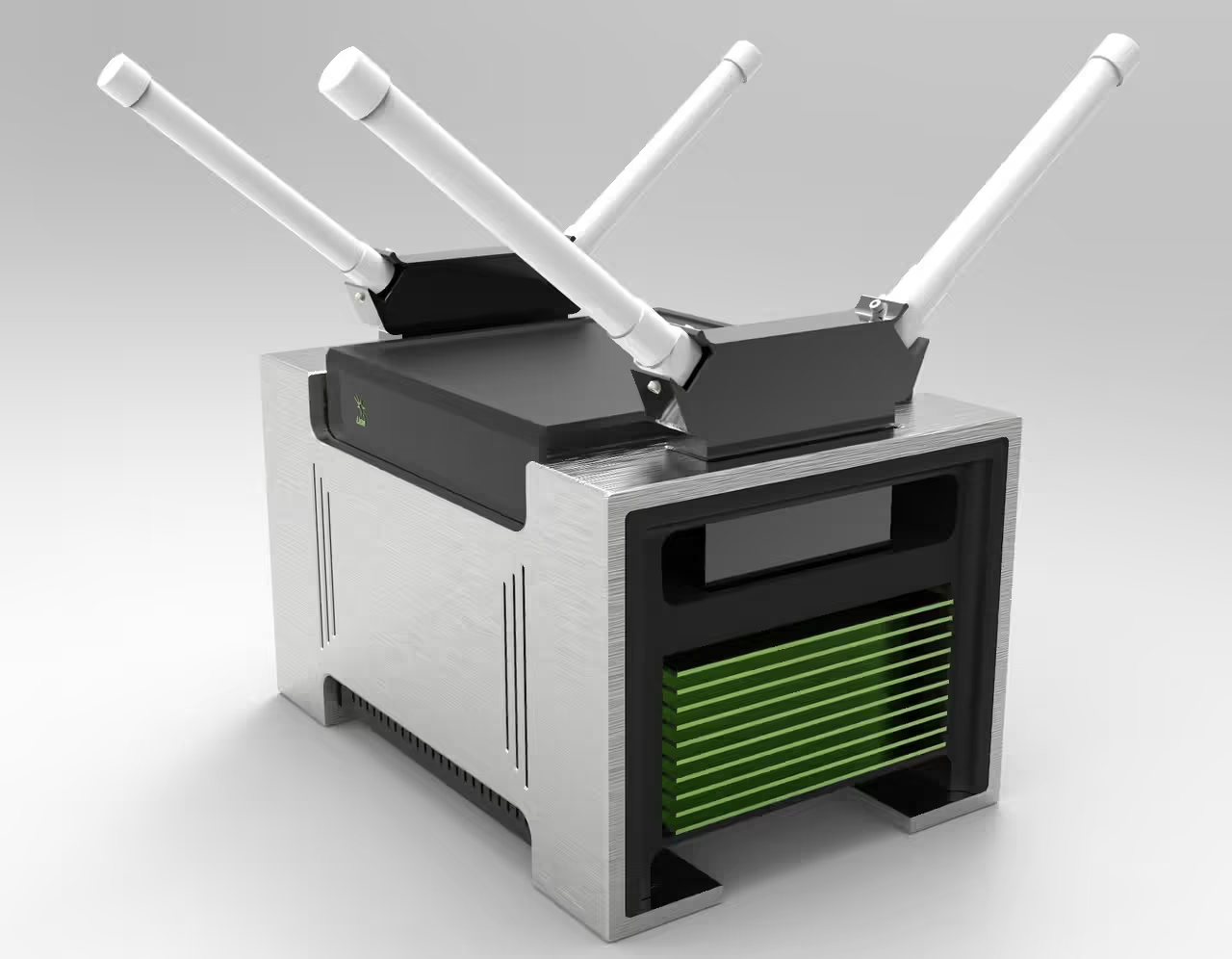
LimeSDR software defined radio applications – part 1, LTE
The LimeSDR board launched last year as a crowdfunded radio solution with the aim of bringing wireless hardware to a large community of developers for a fraction of the cost of existing implementations. It did so by turning the radio into a commodity piece of hardware, with a user's PC (connected via USB or PCIe) providing the required processing power to deal with any air interface, operating in the frequency range of 100 kHz and 3.8 GHz.
By taking this approach, the cheapest board for the performance is available for $289 with about 4,000 backers, which included EE, the UK's largest 4G cellular operator.
The follow-up to this campaign, LimeNET, was launched on the 23rd May. Through LimeNET, Lime seeks to expand on the software defined radio technology with three new systems for IoT / wireless developers, enterprise systems and even for carriers; transforming the way networks are created, shifting the emphasis and value away from proprietary hardware to low-cost, open hardware with app stores on top.
Canonical a partner of Lime, announced in February that thousands of developers are currently involved in an effort to create apps for the platform with several free and paid-for apps due to be launched later in the year.
We plan to provide updates on the above and, in this first of many, we share one of our favourite applications that demonstrate the performance of the platform for demanding applications such as LTE base station/access technology.
LTE base station
Radio access technology accounts for a significant portion of the overall deployment cost and, by making the hardware an open-source commodity, this can be achieved for a fraction of the current offerings. Any software developed on such a platform could be considered as an app to the extent that the LTE stack could be provided as such, and indeed any other stack, such as GSM, WiFi, LoRa, or even 5G. These will be offered through the app stores LimeSDR and LimeNET, the latter will be qualified for deployment in the operator/service provider networks.
One of the first to implement this was Raymond Knopp of EURECOM, using the OpenAirInterface eNodeB (base station) software being used with LimeSDR to create a 10MHz LTE cell.
This cellular stack is a functioning 4G (LTE) implementation that runs on a commodity Intel platform equipped with SDR. And the results can be seen in Raymond's video, below.
<iframe src="https://player.vimeo.com/video/170507191" width="640" height="360" frameborder="0" allowfullscreen="allowfullscreen"></iframe>
It should also be mentioned that the OpenAirInterface Software Alliance are working towards the development of a 5G cellular stack that will run on commercial off-the- shelf (COTS) hardware too.
LimeNET
The LimeNET crowdfunding campaign was launched on the 23rd May with the following pledge levels:
- LimeNET Mini is ideal for developing and running IoT / short-range cellular application
- LimeNET Enterprise lets you work with multiple LimeSDRs to develop more-complex enterprise-standard wireless applications across a huge range of standards and frequencies.
- LimeNET Core / PA is a wide-area SDR platform running on an exceptionally powerful processor and with a 10W Power amplifier (which can be bought either separately or together).
To find out more and register for further information throughout the campaign visit our Crowd Supply page. From there you can also back the campaign and share on social media.